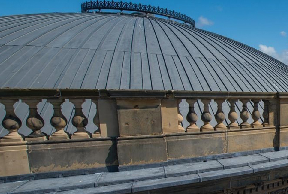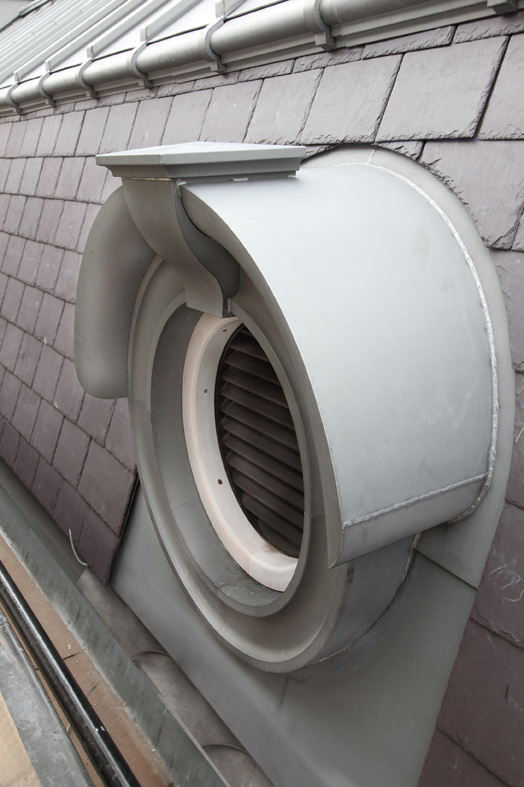VMZINC - a long history
 Today zinc is often considered by architects as a way of giving the exterior of a building an exciting and modern look - and indeed it is. However VMZINC has a long history extending back to the beginning of the 19th century.
Today zinc is often considered by architects as a way of giving the exterior of a building an exciting and modern look - and indeed it is. However VMZINC has a long history extending back to the beginning of the 19th century.
Jonathan Lowy, product manager at VMZINC, explains where VMZINC has come from and where it stands today in the heritage roofing sector.
 In 1809 Napoleon Granted a patent for zinc ore to be extracted from the Vielle Montagne mine and in 1837 the Vielle Montagne Company, now better known as VMZINC, was founded.
In 1809 Napoleon Granted a patent for zinc ore to be extracted from the Vielle Montagne mine and in 1837 the Vielle Montagne Company, now better known as VMZINC, was founded.
The main purpose of the company was the production of zinc sheets which were destined for the roofs and gutters of many European city buildings.
 The redevelopment of Paris in the 1850's by Baron Haussmann further accelerated the use of zinc sheets.
The redevelopment of Paris in the 1850's by Baron Haussmann further accelerated the use of zinc sheets.
The development of VMZINC roofing was also taking place in the UK and in 1879 Liverpool Central Library was built and roofed with zinc.
After 132 years of good service the zinc was replaced with a brand new VMZINC roof. Another historic building was also re-roofed early in the 21st century using VMZINC batten cap roofing system - the famous Lords Cricket Ground Pavilion.
 The combination of the aesthetic appeal of VMZINC, the 80 year durability confirmed by the BRE, low maintenance and competitive pricing make VMZINC an increasingly attractive choice for heritage roofing projects.
The combination of the aesthetic appeal of VMZINC, the 80 year durability confirmed by the BRE, low maintenance and competitive pricing make VMZINC an increasingly attractive choice for heritage roofing projects.
A full range of gutters, downpipes and ornaments completes a broad range of products that can combine beautifully with other materials that are often used in the ecclesiastical and heritage world.
For more information on this and other products visit www.vmzinc.co.uk















